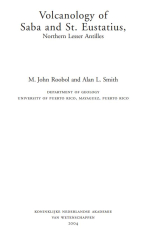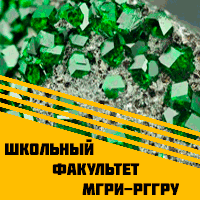Добрый день, Коллеги. Важное сообщение, просьба принять участие. Музей Ферсмана ищет помощь для реставрационных работ в помещении. Подробности по ссылке
Volcanology of Saba and St. Eustatius, Northern Lesser Antilles / Вулканология Сабы и Сент-Эстатиуса, Север Малых Антильских островов
The two small islands of Saba and St. Eustatius (Netherlands Antilles) lie on the northernmost subaerial end of the active arc of the Lesser Antilles. They are separated by the 28 km wide St. Eustatius Passage, and 20 km further along the arc the submarine Lumeyes Bank represents the northernmost volcanic center of the arc. Saba with an area of 13 sq. km rises to the single peak of Mt. Scenery at 877 m above sea level. The island is essentially a complex of andesitic Pelean domes with surrounding aprons of pyroclastic material. Rocks of basaltic andesite composition are sparse, as are the products of St. Vincent-type activity. Also present in small amounts are the semi-vesicular products of Asama-style activity, and the pumiceous products of Plinian-style activity. Areas of hydrothermal alteration including sulfur mineralization, which has been commercially mined in the past, are extensive. The island appears to overlie a northeast-southwest fault zone as indicated by recent seismic activity; the distribution of hot springs including submarine springs off the northeast and southwest shores, and a major sector collapse structure which is directed towards the southwest. The oldest dated rocks on the island are around 400,000 years. Stratigraphic studies have shown that the youngest pyroclastic deposit is a thin ash surge with accretionary lapilli (dated at 280 years B.P.) which overlies Amerindian remains but underlies those of European settlers which arrived on the island in 1640. European settlers may have been particularly attracted to the island because of the presence of meadows of grassland instead of tropical rainforest caused by an eruption shortly before European settlement <...>




